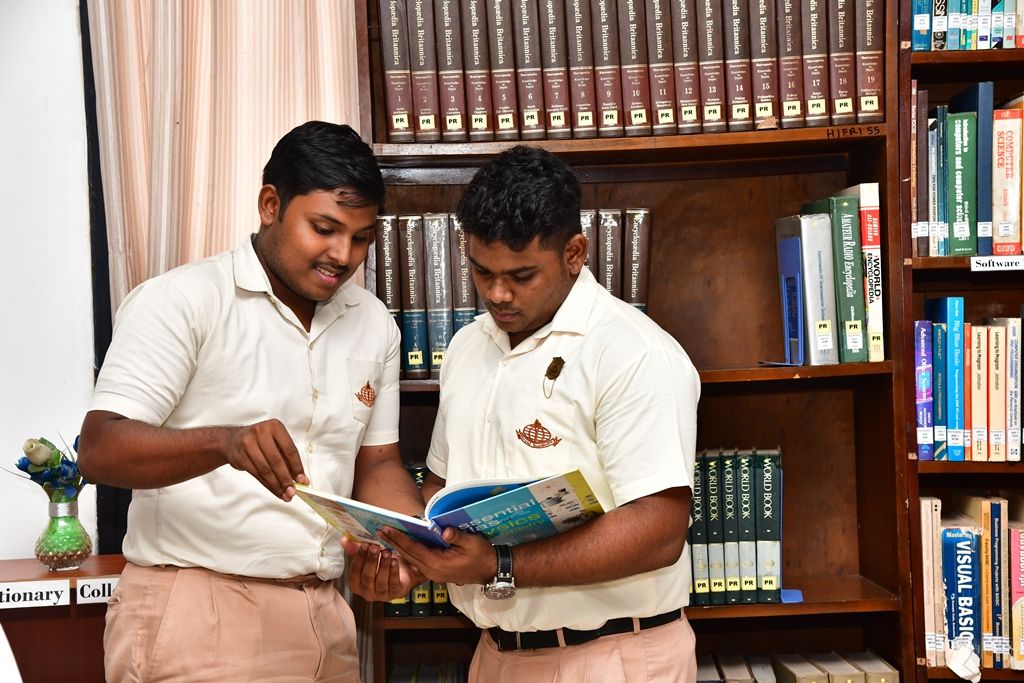
This course teaches students how to use English for everyday situations and purpose related to school, social life, work, and leisure. The underlying philosophy is that learning a second or foreign language is more rewarding, meaningful, and effective when the language is used for authentic communication. Throughout this course, students are presented with natural and useful language. In addition, students have the opportunity to personalize the language they learn, make use of their own knowledge and experiences, and express their ideas and opinions.
Placement test
All students seeking admission to this course are required to sit for the placement test.
This course is consisted of 3 levels
Duration: 5 months
Classes are conducted once a week
Contact Us
Department of English,
Havelock Town, Colombo, 05, Sri Lanka
011 258 4000
077 870 1924
077 770 3868
